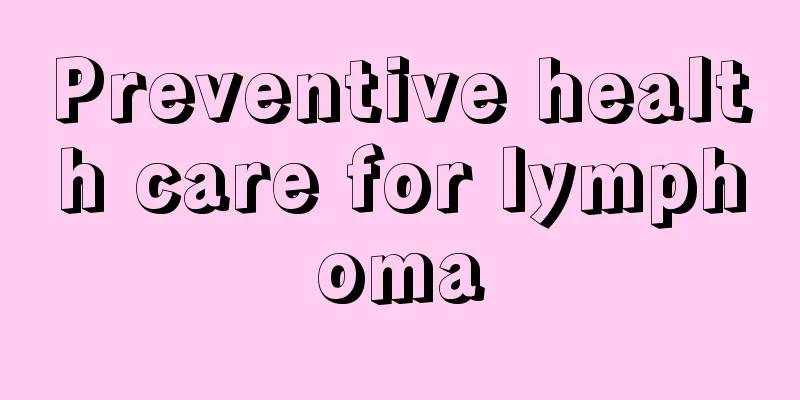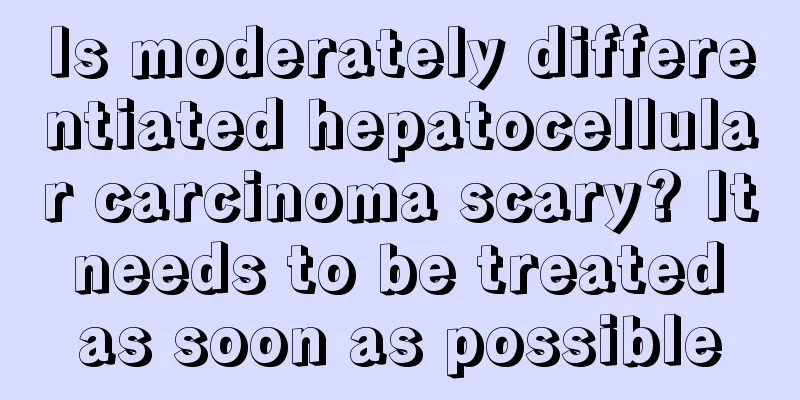Who is more likely to develop breast cancer? You must pay more attention to these 9 types of people

|
The incidence of breast cancer is inseparable from heredity, environment and psychology, and the incidence of each type of female patient is different. Let's take a look at who is more likely to get breast cancer. The incidence of female diseases in this society is getting higher and higher, which leads to increasing pressure on their lives, especially breast cancer. The high incidence of diseases does not mean that everyone will suffer from gynecological diseases, but there are always some people who are more likely to get breast cancer than others. 1. No childbearing, no pregnancy, and the first childbirth age is over 35 years old. If a woman has never been pregnant or given birth to a child, or her first child is over 35 years old, her risk of breast cancer is higher than that of a woman who has given birth. The younger the normal pregnancy age of the first child (after 18 years old), the less likely she is to get breast cancer. 2. Although giving birth, but not breastfeeding, or breastfeeding for a short time. The prevalence of breastfeeding in the high-incidence group of breast cancer is low, and long-term breastfeeding can reduce the risk of breast cancer. 3. Depression, introversion, and high work pressure. Studies have shown that introversion, long-term depression, and unhappy early life are important causes of cancer. 4. Eating high-fat diets such as meat, fried eggs, butter, cheese, and animal fat; drinking more than 3 times of white wine (more than 15 grams) a day. Adipose tissue can promote the development of breast cancer. The mortality rate of breast cancer in various countries is positively correlated with the average fat consumption of each country. The more fat is consumed, the higher the mortality rate of breast cancer. Women who drink more than 3 times a day have a 50%-70% increased risk of breast cancer. 5. Early menarche (menstruation before the age of 12) and late menopause (menopause after the age of 55) According to relevant studies, women with younger menarche age have a higher probability of breast cancer. The risk of breast cancer decreases accordingly with each year the menarche age is delayed by one year. Women who have menopause before the age of 45 have a lower risk of breast cancer than women who have natural menopause after the age of 55. The risk of breast cancer increases accordingly for every year the menopause is delayed. 6. Women with a family history of breast cancer or ovarian cancer and whose immediate relatives (parents, siblings, children) have breast cancer are 2-3 times more likely to develop breast cancer than those without a family history. If a first-degree relative has bilateral breast cancer before menopause, the relative risk is as high as 9 times. 7. Radiation therapy during childhood may damage the body's DNA, especially during adolescence. The younger the age of exposure to radiation, the greater the risk. 8. Estrogen replacement therapy for women after menopause The total estrogen level of postmenopausal breast cancer patients is 15%-24% higher than that of healthy women. Women who do not use hormone replacement therapy after menopause have low plasma estrogen levels and a low risk of breast cancer. Estrogen replacement therapy for various reasons after menopause will increase the risk of breast cancer. 9. Weight gain continues to increase after menopause Weight gain is associated with breast cancer, especially after menopause. The relative risk of breast cancer increases, especially for women around 60 years old. If the weight increases by 10 kg per day, the risk of breast cancer increases by 80%. 10. A history of atypical hyperplasia of the breast Moderate or severe hyperplasia, papilloma with fibrovascular core, the relative risk of breast cancer increases slightly. Atypical hyperplasia of the lobules or ducts of the breast indicates that the patient's risk of breast cancer is 5-4 times higher than that of ordinary people. 9: Many women who do not pay attention to their lifestyle in life suffer from adenocarcinoma of breast cancer, so it is necessary to popularize the basic knowledge of breast cancer and do a good job of prevention. |
>>: Can breast cancer be completely cured? Four common symptoms of breast cancer
Recommend
Symptoms of benign bone cancer are usually painless
Clinically, special viruses can cause symptoms of...
How to cook sea cucumber
Although people’s living conditions are better no...
Where is the better melanoma hospital
Melanoma, also known as malignant melanoma, is a ...
Things not to eat after getting a face-slimming injection
Nowadays, many women pay more attention to their ...
How to eat shrimp for babies over one year old?
Generally, it is necessary to start adding comple...
Can anemia cause splenomegaly?
The spleen is an important organ in the human bod...
What are the functions and effects of bird’s nest and what is the nutritional value of bird’s nest?
Bird's nest contains hormones and epidermal g...
How to wear silicone underwear
Silicone underwear is what people often call brea...
What is the reason for lower back pain and swollen eyes
Many people often suffer from low back pain, whic...
Diagnosis of small cell lung cancer
Small cell lung cancer is a common cancer. Now mo...
What to do if you have a stomachache after eating spicy noodles
Spicy strips have become an indispensable snack i...
How to quickly treat osteosarcoma
Many people would like to know how to quickly tre...
What are the methods for checking bladder cancer?
Early bladder cancer can be easily confused with ...
What should you pay attention to in your diet after radiotherapy for liver cancer? Five key points to know about diet after radiotherapy for liver cancer
First, a balanced diet, with a proper combination...
The benefits of head massage
Head massage is a form of Traditional Chinese Med...









